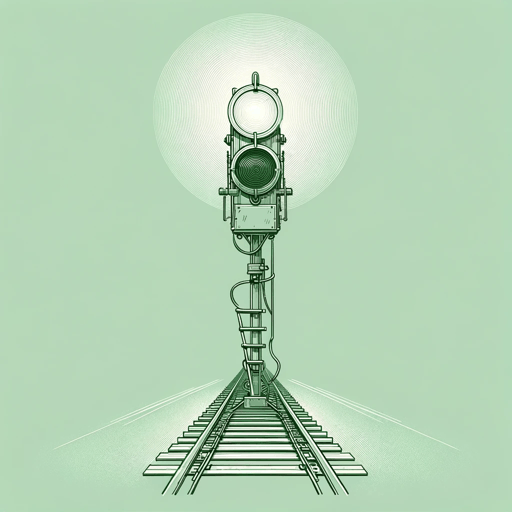30 pages • 1 hour read
Charles DickensThe Signal-Man
Fiction | Short Story | Adult | Published in 1866A modern alternative to SparkNotes and CliffsNotes, SuperSummary offers high-quality Study Guides with detailed chapter summaries and analysis of major themes, characters, and more.
Background
Authorial Context: Charles Dickens
Charles Dickens (1812-1870) was an English writer who was concerned with social justice—especially child labor, education, and class inequalities. His own father was imprisoned for debt when Dickens was 12; as a result, Dickens had to leave school to work in a decrepit factory that produced shoe polish. Dickens did eventually return to school, but these early experiences with the criminalization of poverty, dangerous working conditions, and the exploitation of children’s labor provided a foundation for his literary work.
Though Dickens advocated for the poor and his works pay detailed attention to class relations (Marx praised Dickens’s class insights), he became a rich man as a result of his publications. He may have survived the Stapleton train wreck of 1865 because he was in a first-class carriage, one of the few that did not fall off the bridge on which the train wrecked. The circumstances of the train wreck, involving frantic signal men and a conductor who saw the danger ahead but couldn’t stop, inform the events and terror of “The Signal-Man.” Dickens tended to the wounded and dying in the aftermath of the crash and was traumatized by the accident, avoiding train travel from then on.
Dickens is well known for his interest in psychology and character development.
Related Titles
By Charles Dickens

A Christmas Carol
Charles Dickens

A Tale of Two Cities
Charles Dickens

Barnaby Rudge: A Tale of the Riots of Eighty
Charles Dickens

Bleak House
Charles Dickens

David Copperfield
Charles Dickens

Dombey and Son
Charles Dickens

Great Expectations
Charles Dickens

Hard Times
Charles Dickens

Little Dorrit
Charles Dickens

Martin Chuzzlewit
Charles Dickens

Nicholas Nickleby
Charles Dickens

Oliver Twist
Charles Dickens

Our Mutual Friend
Charles Dickens

Pickwick Papers
Charles Dickens

The Mystery of Edwin Drood
Charles Dickens

The Old Curiosity Shop
Charles Dickens

